The cost of residential broadband service around the world dropped an average of 9%, but not in the United States and Canada where providers are effectively raising prices while justifying the added cost with occasional speed boosts.
Point Topic, which tracks residential and business broadband pricing found prices are affected the most when competition increases and incumbent providers are forced to respond with lower prices and/or better service.
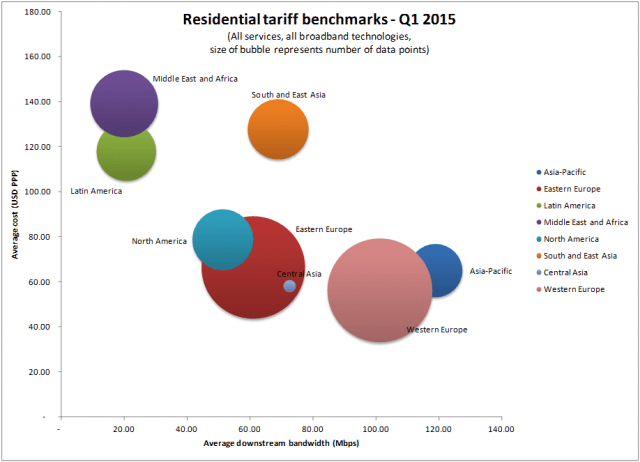
Point Topic’s chart shows North Americans pay a significant price for service, but receive some of the worst broadband performance in return when compared against better value for money providers in Central Asia, Eastern Europe, Western Europe, and the Asia-Pacific region. (Chart: Point Topic)
By far the poorest value broadband tracked by Point Topic is traditional DSL from the telephone companies. Speeds have barely budged in many areas while prices wildly fluctuate depending on whether fiber or cable broadband providers are competing for the same customers. The research firm found DSL to be the worst choice for consumers — combing the lowest speeds and the highest per megabit cost among wired providers.
The price of residential DSL is also going up — it was just under $10 per Mbps in the second quarter, an increase from nearly $9 per Mbps the phone companies charged late last year.
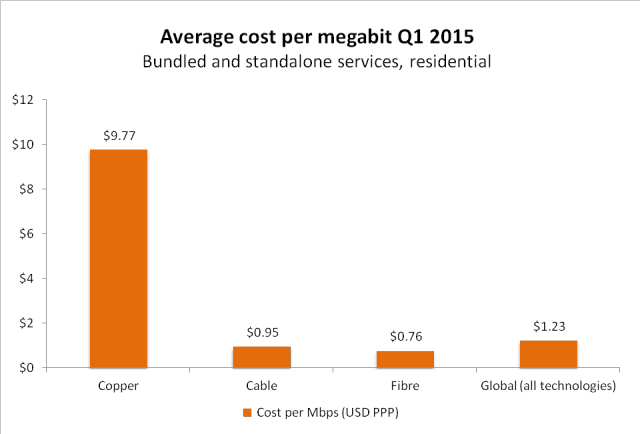
DSL is a dreadful value. (Chart: Point Topic)
Cable operators facing fiber competition have been forced to improve speeds but are still managing to raise prices. Globally, the average price of cable and fiber broadband based on speed alone is $1 per Mbps, down from $3 per Mbps in the second quarter of 2010. But North Americans are paying more for the service through annual rate increases and ancillary modem rental fees.
The reason North Americans are paying more for broadband service is because providers are attempting to make up for lost television revenue.
The New York Post noted most broadband bills are now up to between $50 and $70 a month for standalone service.
James Dolan, CEO of Cablevision, explained how broadband pricing has evolved in the cable industry.
“We’re going to see a re-stratification of the cable business .… One thing we see is significant uses of data, increasing exponentially,” Dolan told investors late last year. “We think that’s where the growth is going to come from.”
Dan Cryan, research director for digital at IHS, told the newspaper that revenue from U.S. broadband providers in 2014 topped $49 billion, up from $42.1 billion in 2012.
Cable companies collected an average of $4.75 per month more from broadband customers in 2014 over what they paid in 2012.
“Broadband is strategically more important than the number of subscribers indicates because it has the potential to be higher margin,” Cryan said.
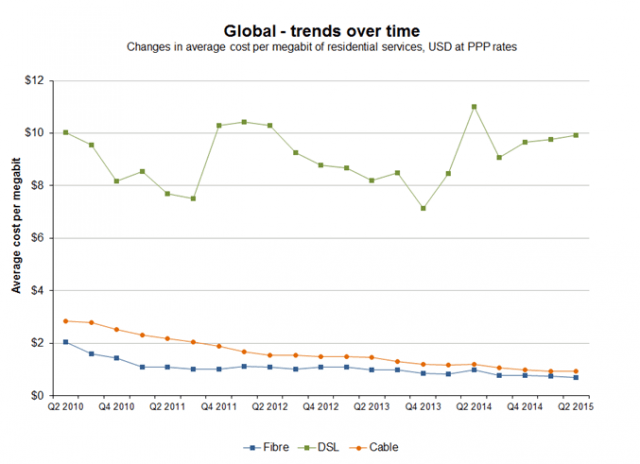
(Chart: Point Topic)


 Subscribe
Subscribe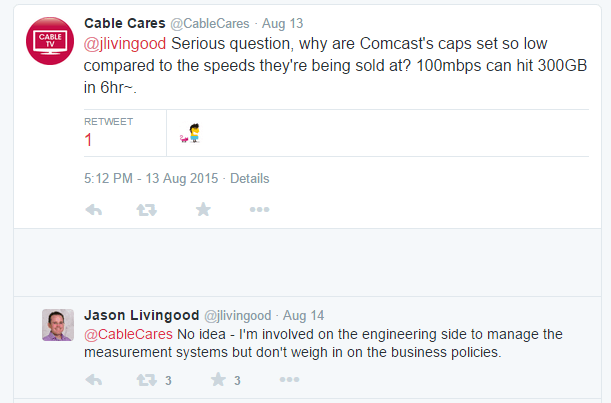
 Stop the Cap! never doubted it for a moment.
Stop the Cap! never doubted it for a moment.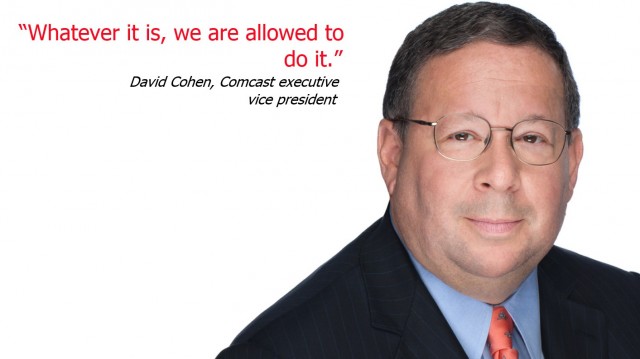
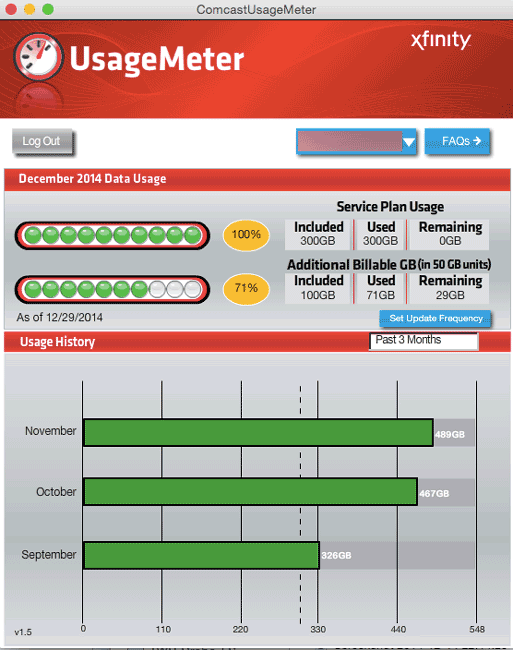 “At Comcast, the meter is right and the customer is wrong,” complains another customer.
“At Comcast, the meter is right and the customer is wrong,” complains another customer. The unstated reality of Internet traffic growth usually leaves out what impact streaming pornographic videos can have on network traffic, and for consumers, their broadband usage allowance. We are about to find out with last week’s arrival of Pornhub Premium (
The unstated reality of Internet traffic growth usually leaves out what impact streaming pornographic videos can have on network traffic, and for consumers, their broadband usage allowance. We are about to find out with last week’s arrival of Pornhub Premium (
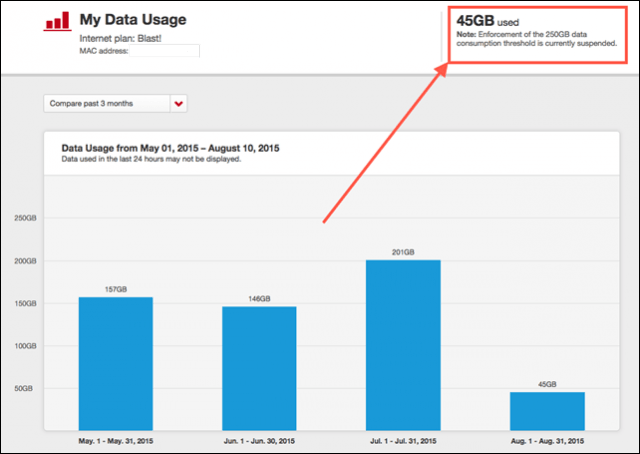
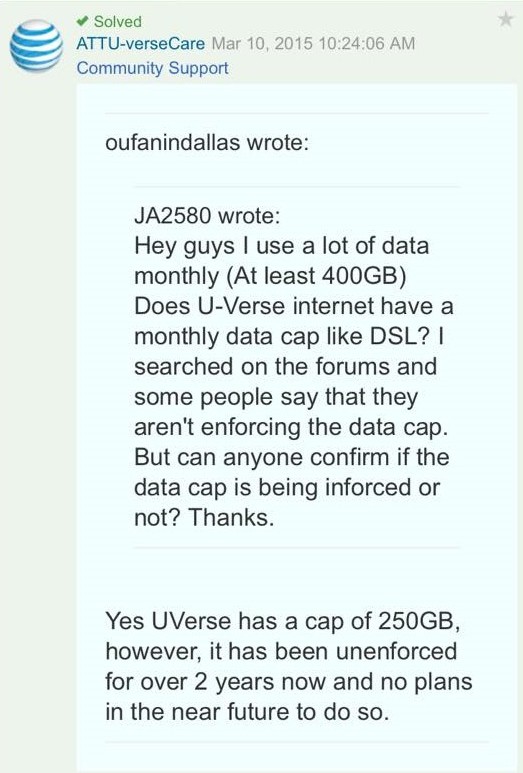
 A Frontier Communications service outage in New York left more than 6,000 customers without Internet service for more than 24 hours, leaving businesses with no way to process credit card payments and idling home-based telecommuters.
A Frontier Communications service outage in New York left more than 6,000 customers without Internet service for more than 24 hours, leaving businesses with no way to process credit card payments and idling home-based telecommuters.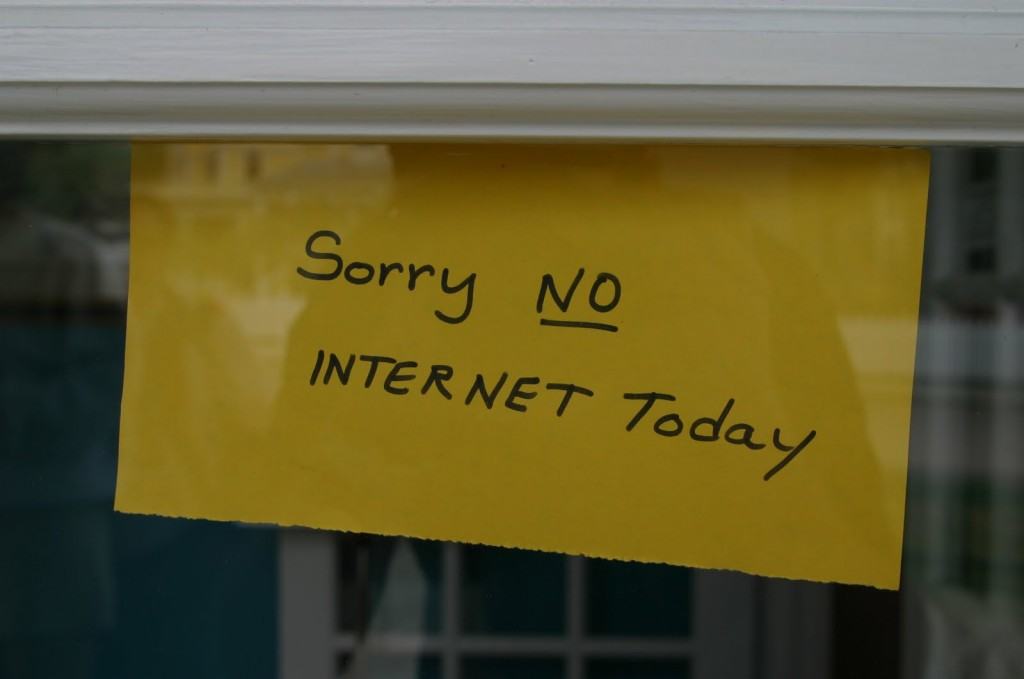 Manager Angel Perez told WROC there is every chance the damage done will last longer than the outage itself.
Manager Angel Perez told WROC there is every chance the damage done will last longer than the outage itself.